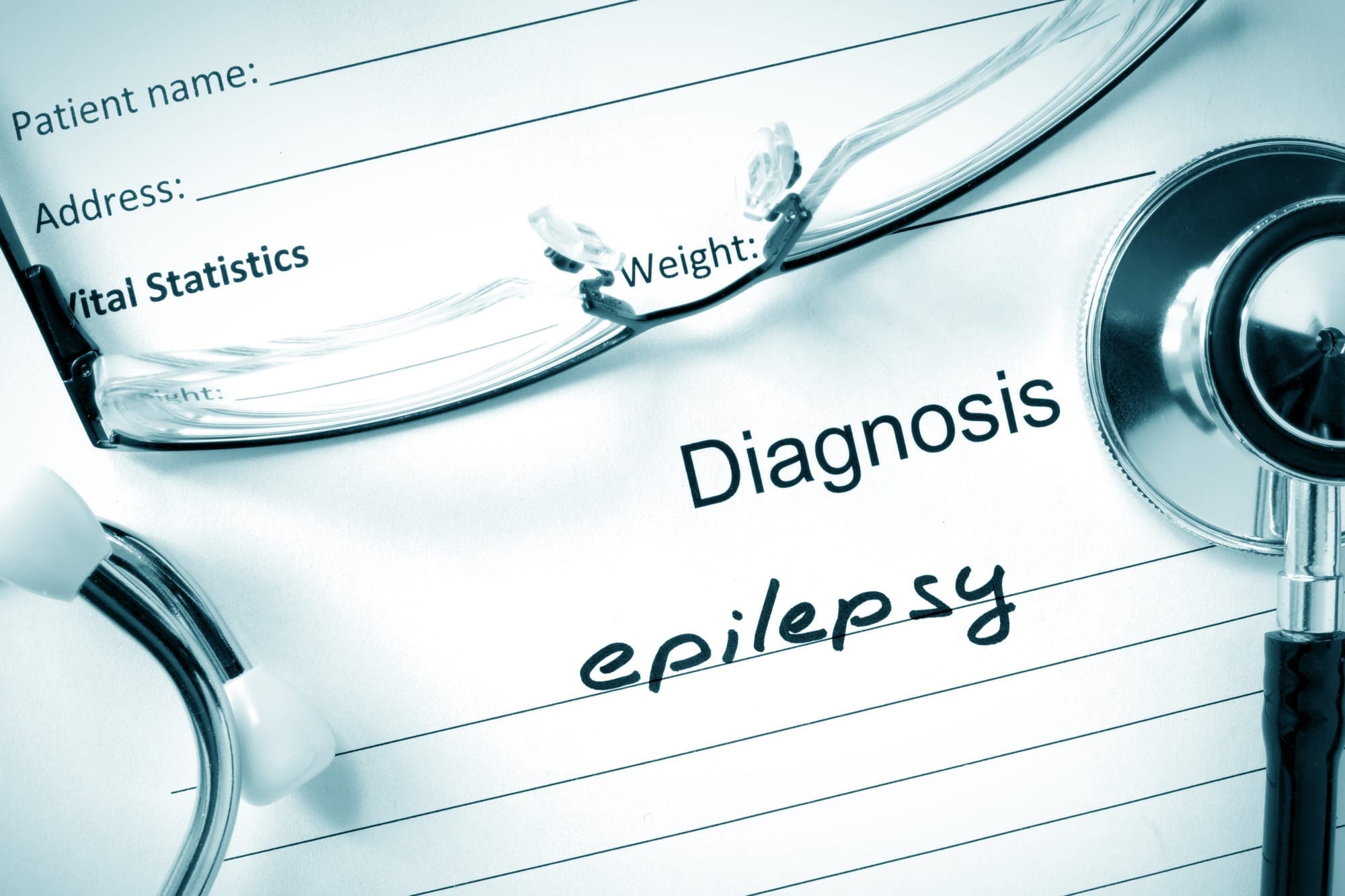50 million people globally suffer from epilepsy. This makes it one of the most common neurological diseases worldwide.
But diagnosing epilepsy early can help prevent seizures and keep the brain damage at bay.
So here are the early signs of epilepsy to look out for.
Not All Seizures Are the Same
Most often when you think of epilepsy, you think of a tonic-clonic seizure. They used to be called grand mal seizures. This is when a person falls unconscious and spasms violently.
Yet, not all forms of epilepsy involve tonic-clonic seizures. Many of the early warning signs can be hard to spot.
Even still, it’s important to pay attention to these signs. Even minor forms of epilepsy can cause neurological damage.
Fortunately, epilepsy is stereotypic for each individual. That is, the symptoms stay the same and will often repeat themselves from one seizure to another.
These are the different types of seizures to look out for and their symptoms.
Focal Seizures Without Loss of Consciousness
Not all seizures cause unconsciousness. Focal seizures take place in only one area of the brain. Focal seizures without loss of consciousness can change the way you feel. They can also change the way you interpret sensations. Things might taste, feel, smell, or sound strange.
A person experiencing a conscious focal seizure may also get odd sensory symptoms. They might feel tingling, experience dizziness, or see flashing lights.
Look for involuntary arm or leg jerking, or a dazed-out look. Ask the person to tell you what they experienced, and make note of anything odd.
Focal Seizures With Impaired Awareness
These focal seizures do not usually cause a person to lose consciousness. But they may act dazed, distant, or like they’re daydreaming. Most often they stare into space and don’t respond to their environment.
Match a dazed appearance with repetitive movements. Look for a handwashing motion or chewing or swallowing repeatedly. A person may even pace in circles.
Generalized Seizures
Unlike focal seizures, generalized seizures involve the whole brain. As a result, they’re more severe. They fall into six different categories listed below:
- Absence seizures
- Tonic seizures
- Atonic seizures
- Clonic seizures
- Myoclonic seizures
- Tonic-clonic seizures.
Each of these types of seizures involves various muscles in your body. The seizure is typically characterized by where physical symptoms are manifested.
Each type causes a loss of muscle control. Look for repetitive actions, muscle stiffening, collapse, or jerking muscle movements.
The most serious of these is the tonic-clonic seizure. In a tonic-clonic seizure, a person can collapse, stiffen, and shake violently.
How to Diagnose Epilepsy
Many symptoms of epilepsy can be subtle, so it’s important to pay close attention and keep a record. If you’re looking after a child, ask other adults who care for them to keep an eye out for the symptoms you spot.
Write down times, actions, and frequencies of seizures, and talk to your doctor. What you think is epilepsy could be a different disorder or disease altogether. You must speak to a doctor who can properly diagnose and provide epilepsy treatment.
Recognizing the Early Signs of Epilepsy Can Lead to a Normal Life
Keep an eye out for the early signs of epilepsy and record them. Look for dazed, distant experiences or repeated muscle movements or twitching. Record what you observe, and report back to your doctor. Only a professional physician can diagnose and treat epilepsy.
Keep checking back for hot new content!







